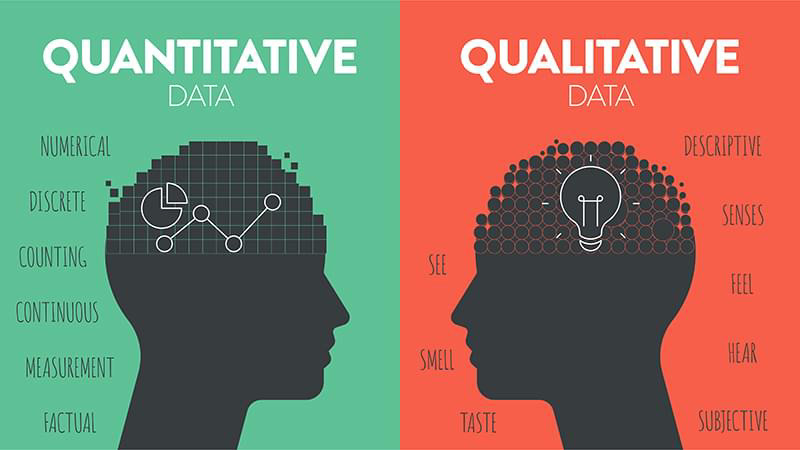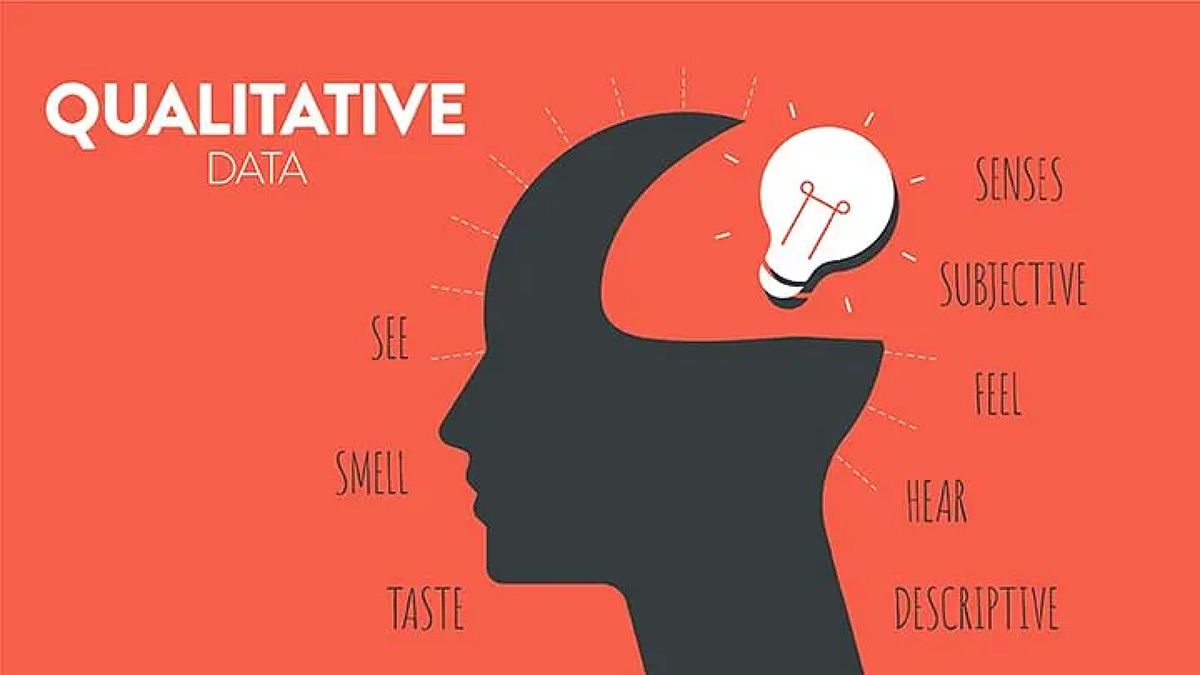Quantitative vs. Qualitative UX Research: What’s the Difference?
The world of user-centered products has become a defining feature across various industries. Whether it’s tech-related or not, companies have realized the importance of placing their users at the forefront of their design decisions. But, how do you go about understanding your users’ needs in the most effective way possible? That’s where user research comes into play, and there are two main approaches: qualitative and quantitative research. In this blog, we’ll delve into the distinctions between these two methods and explore when and how to use each one.

Quantitative vs. Qualitative UX Research: What’s the Difference?
In a nutshell, quantitative user research produces numerical results, while qualitative research yields data that’s less numerical and more descriptive. Both have their unique advantages and applications, and one isn’t inherently superior to the other. It’s all about choosing the right tool for the job.
Let’s dive deeper into each approach.
Quantitative UX Research: The Numbers Game
Quantitative user research involves collecting and analyzing objective, measurable data from various user testing methods. This data is typically numerical and focuses on statistical and mathematical analysis. Think of it as the numbers game in UX.
Some common questions that quantitative data can answer include:
• How many users perform a certain action?
• How often do they perform it?
• How much time do they spend on a particular task?
• And much more…
Analytics, such as page visits, bounce rates, and conversion rates, are classic examples of quantitative data sources. User testing sessions can also provide quantitative insights, such as task completion times and error rates.

The benefits of quantitative user research include its objectivity, reliability, and ability to provide hard data quickly. It’s also favored by stakeholders who appreciate data-driven decision-making.
Qualitative UX Research: Delving into Human Behavior
On the other side of the coin, qualitative user research focuses on collecting and analyzing non-numerical data that delves into opinions, behaviors, feelings, and motivations. It aims to provide an in-depth understanding of human behavior and user experiences.
Qualitative data can be a bit trickier to work with because it doesn’t fit neatly into spreadsheets. It often comes from sources like user surveys, interviews, observations, and focus groups. Qualitative data helps us understand the “why” behind user actions and feelings, going beyond mere statistics.

The benefits of qualitative research are its ability to reveal insights that quantitative data might miss. It helps you empathize with users and make informed choices rather than relying on assumptions.
When to Use Each Approach
The timing of your research depends on your goals. Quantitative research is most effective on a final, working product. It’s used to assess a product’s usability, track changes over time, and compare it with competitors. Quantitative research can also help measure return on investment.
In contrast, qualitative research can be used at any stage of the design process. It helps identify design problems, pinpoint usability issues, and uncover potential solutions. Because it typically involves smaller groups of participants, it’s more cost-effective and flexible.
Examples of Research Methods
Here are some examples of research methods for both qualitative and quantitative research:
Qualitative:
• User interviews
• Focus groups
• Diary studies
• Shadow sessions
Quantitative:
• Analytics
• Funnel analysis
• Mouse or heat maps
• Cohort analysis
Both Qualitative and Quantitative:
• Surveys
• A/B testing
• Card sorting
• Tree testing
• Storyboarding
• Visual affordance usability testing
The Power of Combining Both Approaches
In reality, UX researchers often use a mix of both qualitative and quantitative methods. Why? Because they complement each other beautifully. Quantitative data answers the “what, how many, and how much” questions, while qualitative data delves into the “why."
Key Takeaways
In the world of user-centered design, both quantitative and qualitative research are essential. Quantitative research gives you the big picture, reporting numerical metrics like satisfaction ratings and task times. Qualitative research provides you with valuable insights into user emotions, thoughts, and observations.
By using both approaches, designers gain a comprehensive understanding of their product’s success. It’s not about choosing between the two; it’s about using them strategically to craft user-centered solutions that truly meet the needs and goals of your audience.

